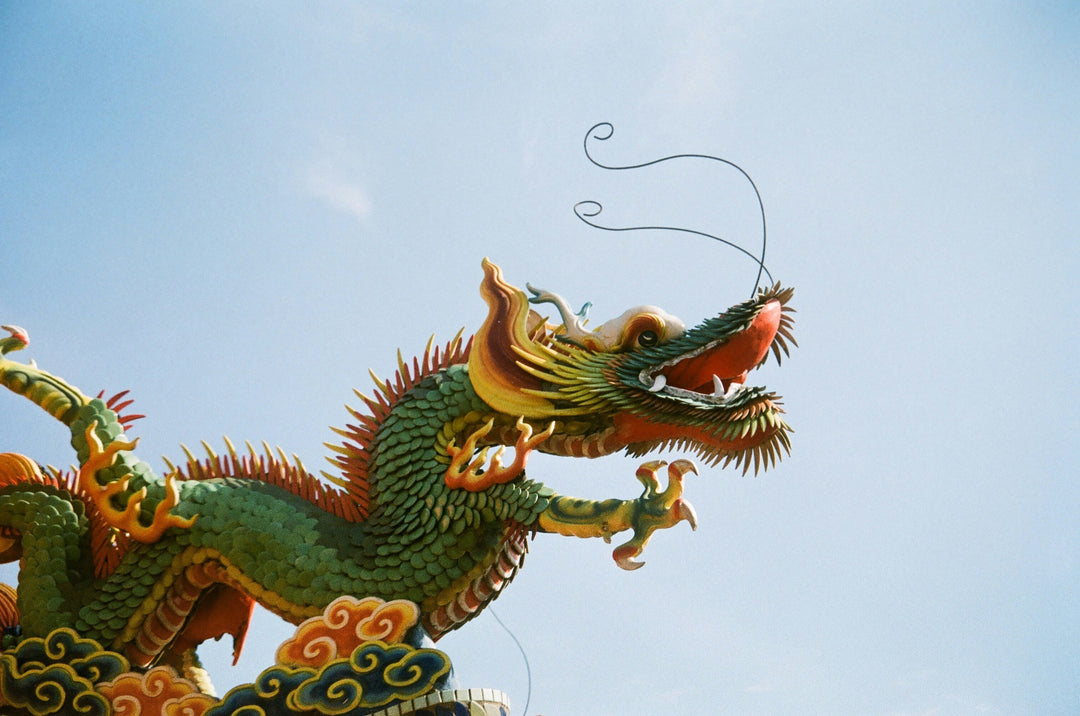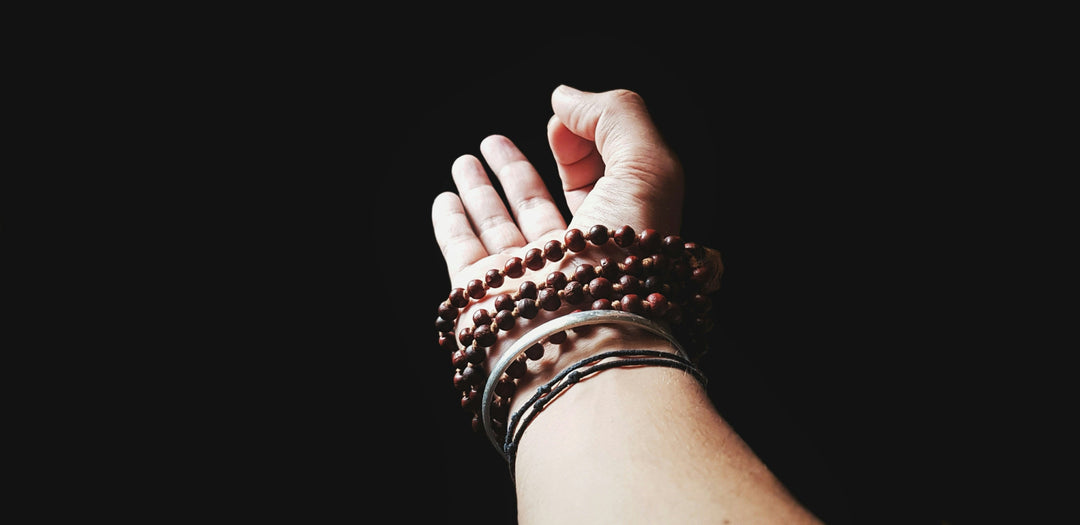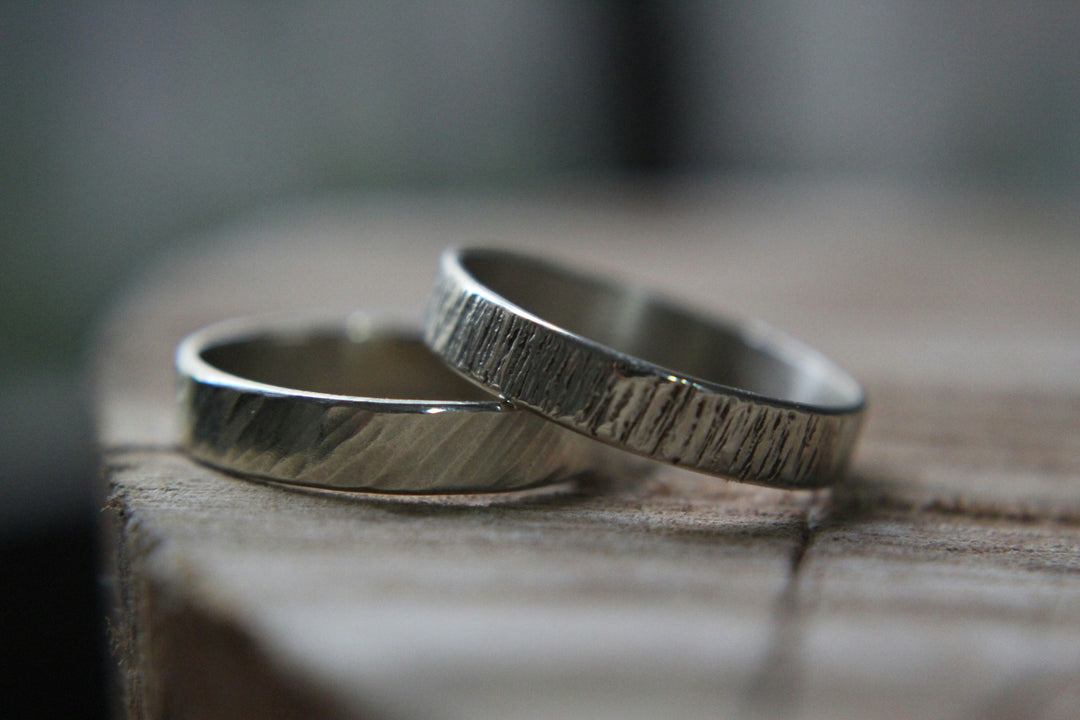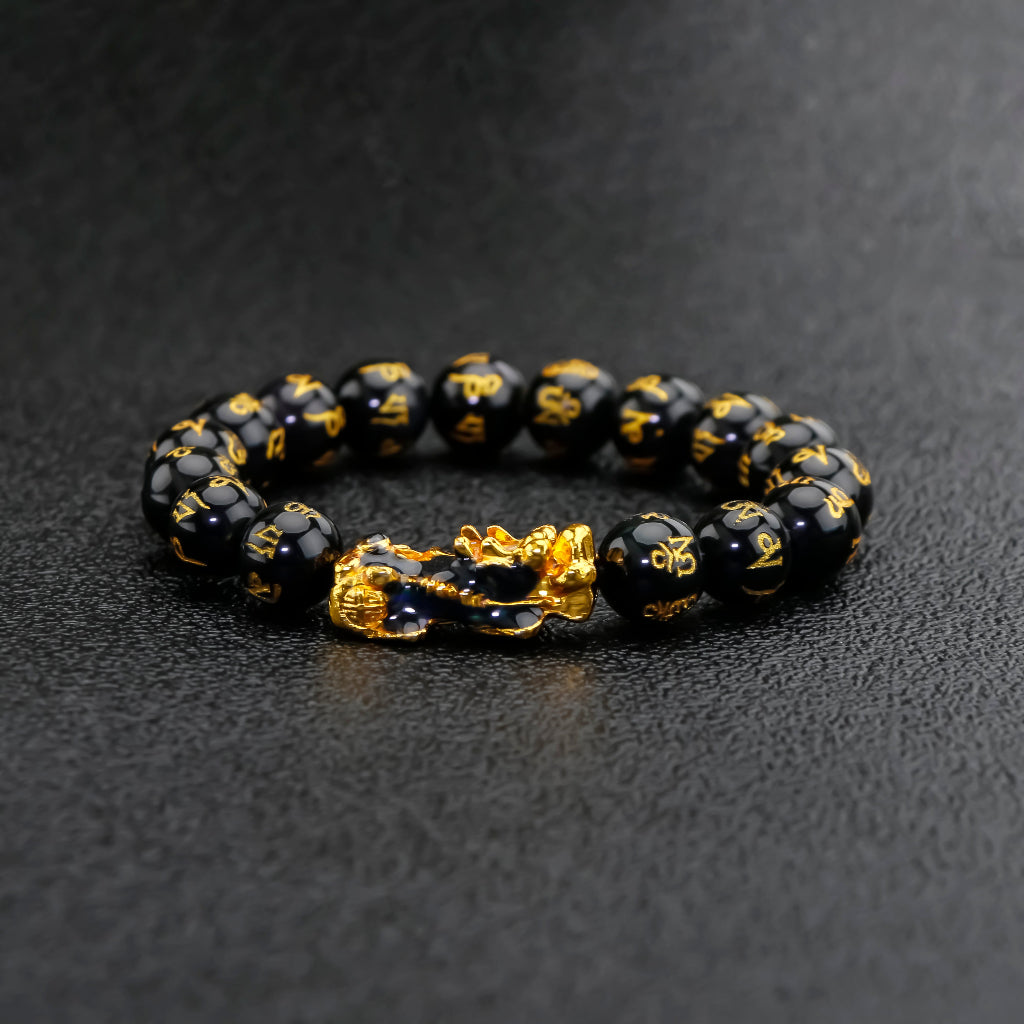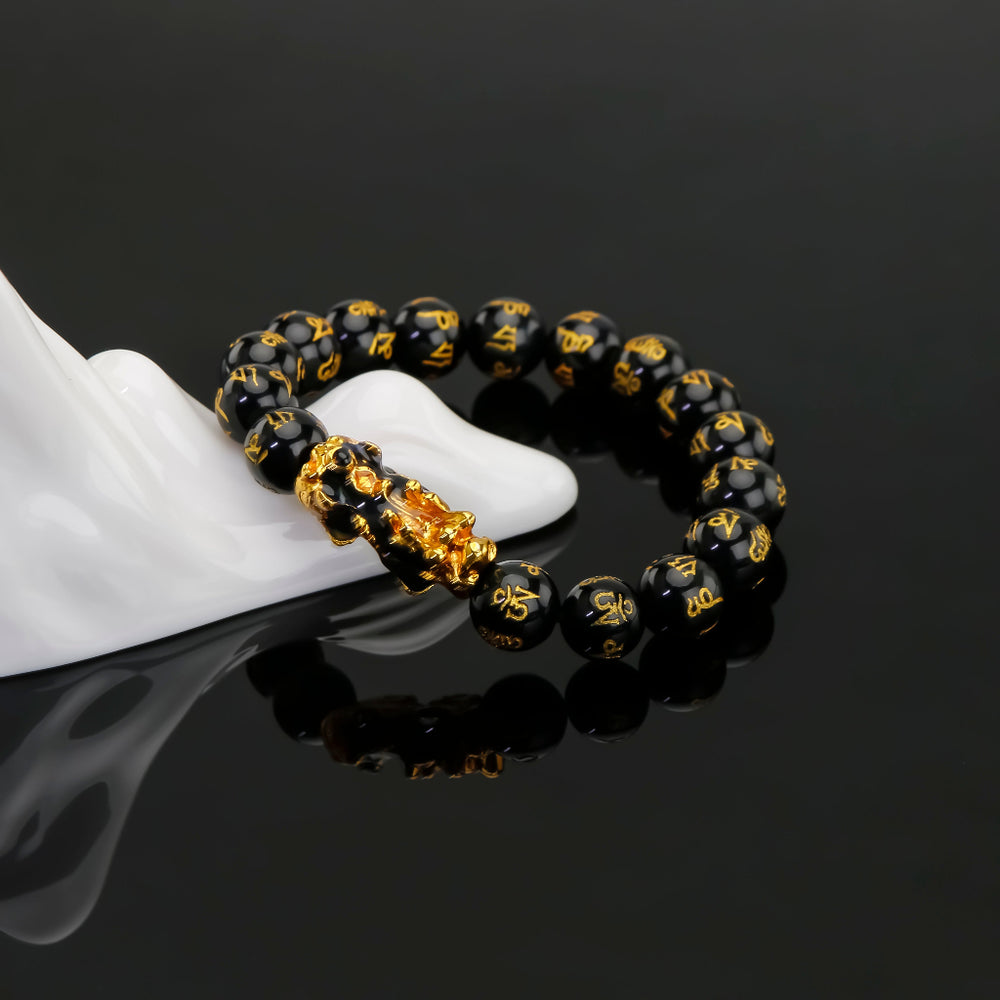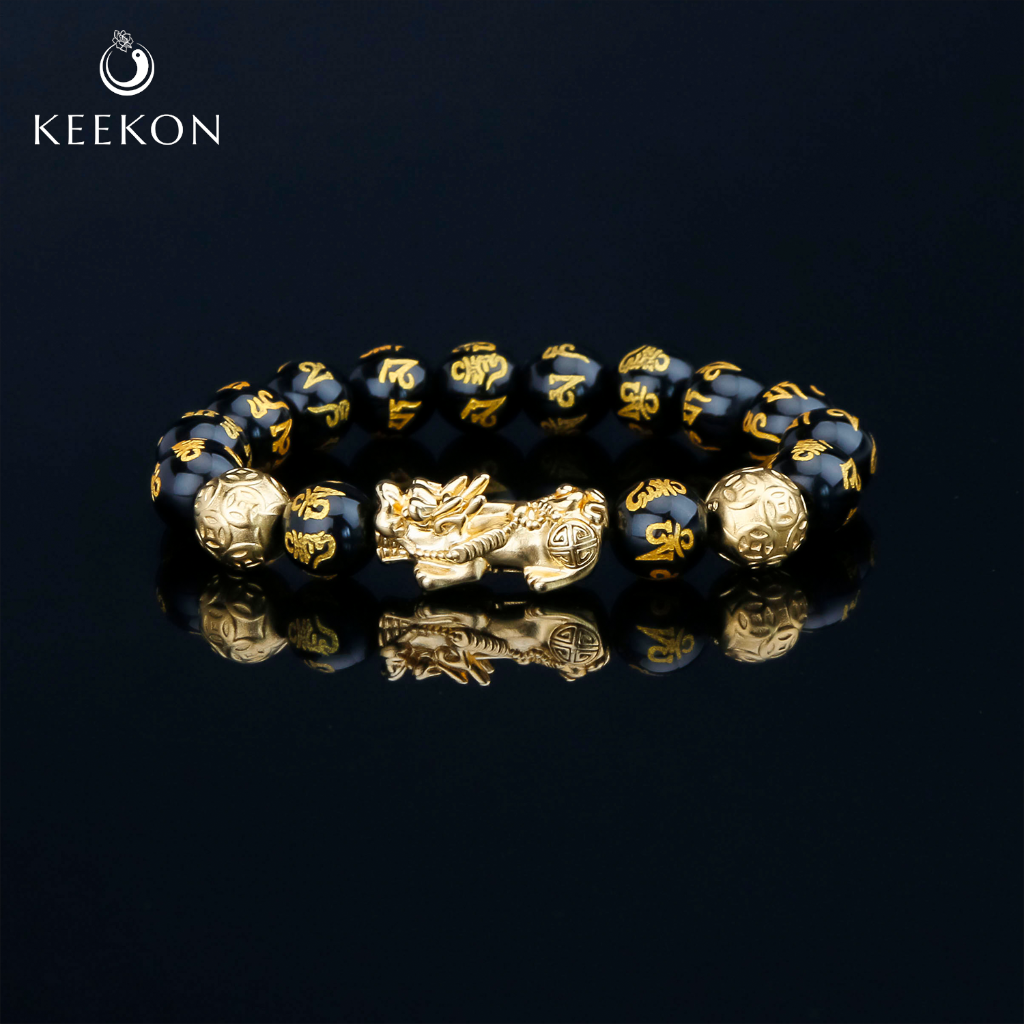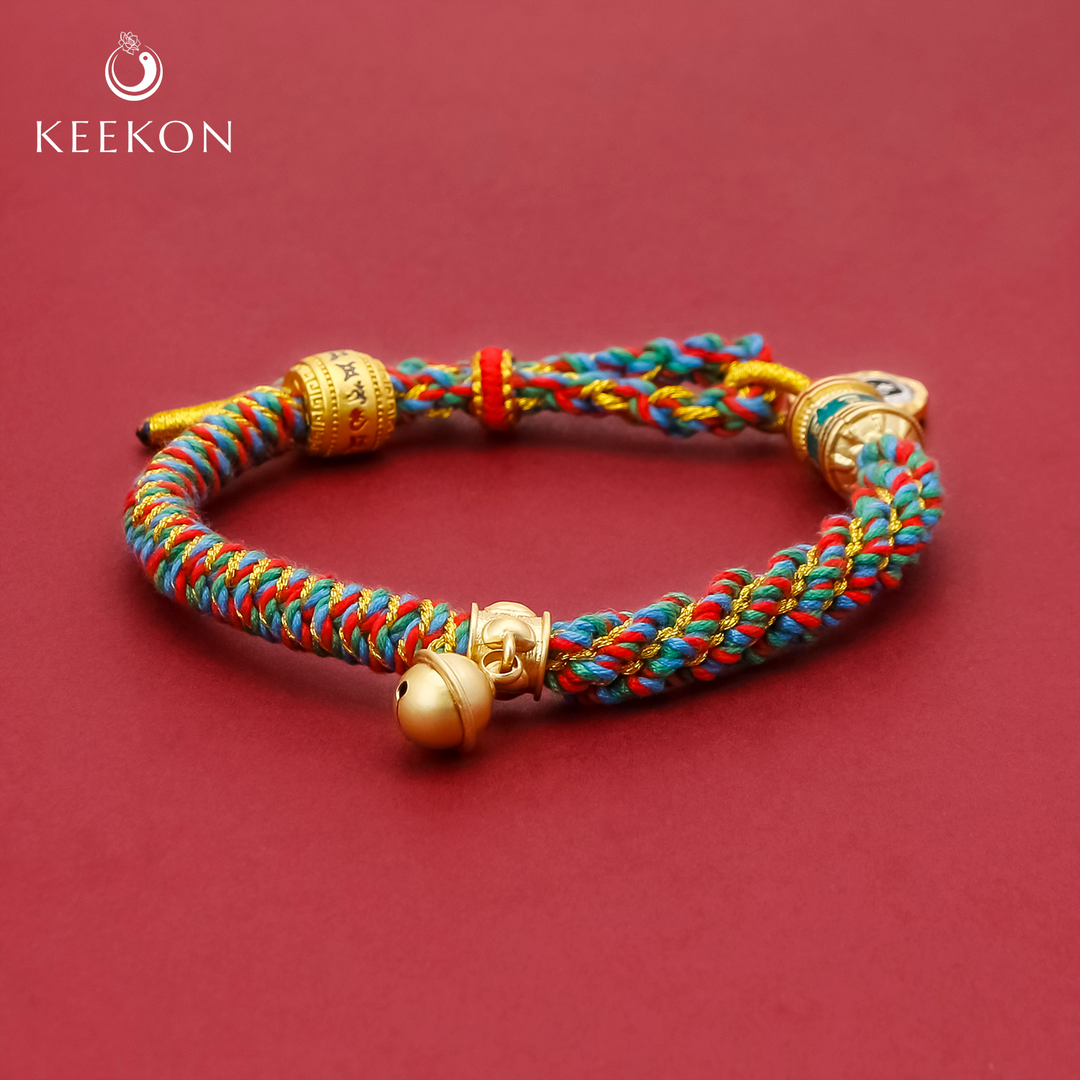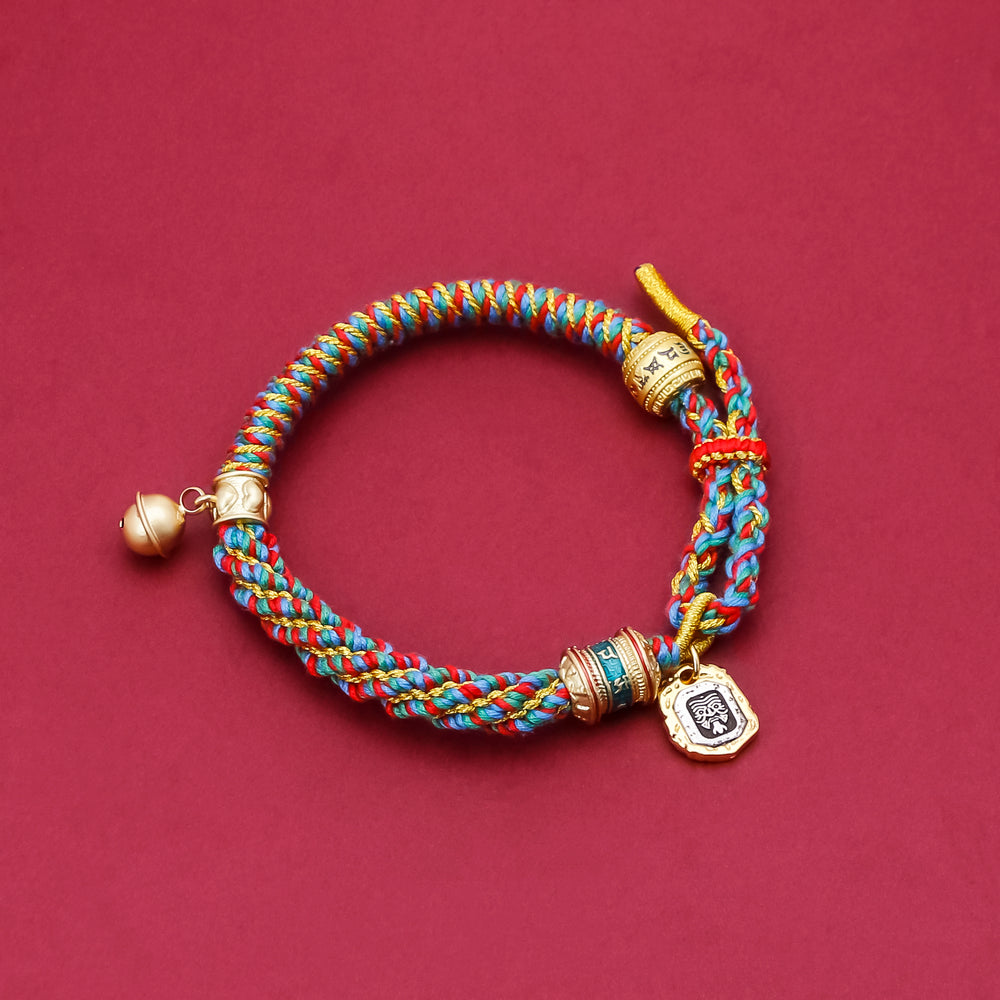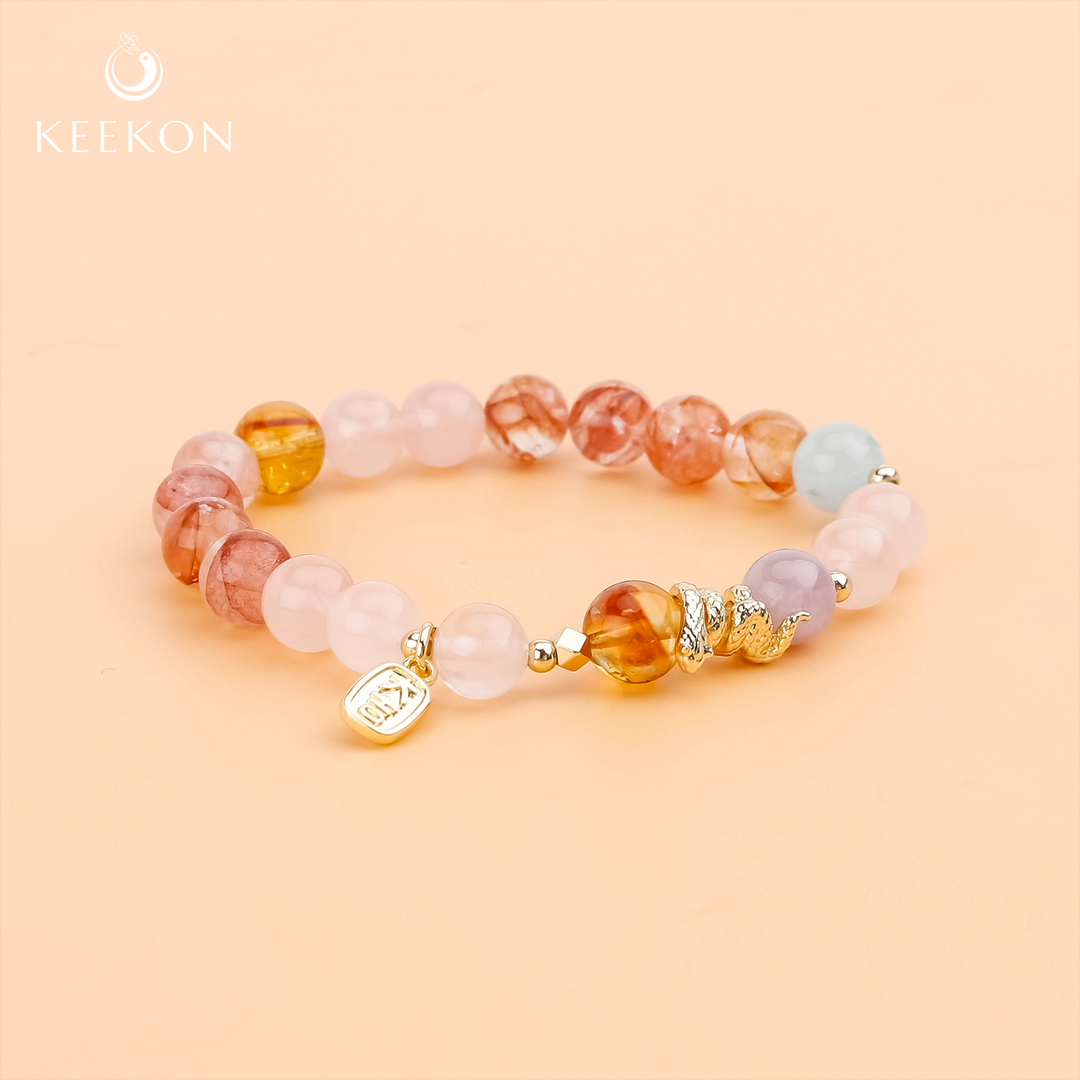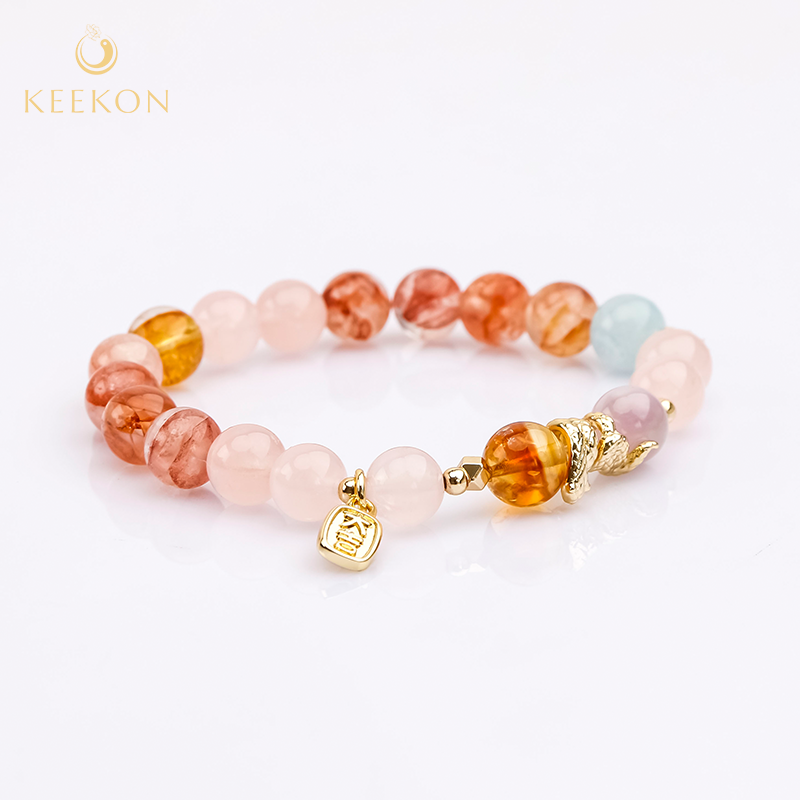Unlocking the Power of the Hamsa Hand: Meaning & Uses
Throughout history, symbols have served as powerful conduits of meaning, faith, and protection. One such symbol that transcends cultural and religious boundaries is the Hamsa Hand. Also known as the Hand of Fatima, Hand of Miriam, or Khamsa, this mystical motif is both beautiful and deeply symbolic. But what exactly does it mean? And how can you incorporate it into your life for spiritual growth, protection, and peace?
In this guide, we delve into the layered meanings and rich history of the Hamsa Hand. We'll explore its origins, its cross-cultural symbolism, and the spiritual energy it carries.
What Is the Hamsa?
The Hamsa is a palm-shaped amulet that is typically depicted with five extended fingers, often with an eye in the center. It is used as a protective talisman across many cultures and religions, most commonly in the Middle East and North Africa.
The word "Hamsa" means "five" in Arabic, referring to the five fingers of the hand. This symbol is believed to protect against the evil eye, promote good fortune, and bring health, happiness, and harmony. It is used in jewelry, home decor, and talismans to ward off negative energy and attract blessings.

Hamsa Hand with Evil Eye Meaning
When the Hamsa Hand is combined with the Evil Eye symbol, the result is a powerful protective talisman used across many cultures to ward off negativity, envy, and harmful intentions. The Hamsa represents the divine hand offering protection, strength, and blessings, while the Evil Eye symbolizes a shield against jealous or malevolent stares that are believed to bring misfortune.
The eye in the center of the Hamsa acts as an all-seeing eye—watching over the wearer or space it protects. It reflects harm back to its source and blocks out negative energy before it can take root. This combination is not only visually striking but spiritually potent.
Upward-facing Hamsa with Evil Eye: Acts as a forceful stop sign to evil, providing strong protection and spiritual defense.
Downward-facing Hamsa with Evil Eye: Invites abundance, harmony, and blessings, while still offering a layer of spiritual shielding.
Together, the Hamsa and Evil Eye serve as a reminder that you are watched over and protected—emotionally, spiritually, and energetically.
Hamsa Hand Origin
The Hamsa Hand is an ancient symbol with roots that trace back thousands of years—long before the rise of modern religions. Its earliest known use can be found in ancient Mesopotamia (modern-day Iraq) and Carthage (in present-day Tunisia), where it was associated with goddesses such as Ishtar and Tanit. These deities were linked to fertility, protection, and feminine power, and the hand symbol was believed to offer divine safeguarding.
As civilizations evolved, the Hamsa symbol spread across the Middle East, North Africa, and the Mediterranean, absorbing new meanings and adapting to different belief systems. Despite the cultural shifts, its core purpose remained: protection from evil, particularly the “evil eye,” and the invitation of blessings, good fortune, and health.
The name “Hamsa” itself comes from the Arabic word “khamsa,” meaning “five,” a reference to the five fingers of the hand. In Jewish tradition, the symbol became known as the Hand of Miriam, and in Islam, as the Hand of Fatima. These names honored important female figures and emphasized the symbol’s spiritual and protective significance.
What makes the Hamsa unique is its universality—it transcends borders and religious boundaries, making it a shared emblem of hope, resilience, and divine guardianship across many traditions.
Hamsa Symbolism Across Cultures
Hamsa Hand Meaning in Islam
In Islamic culture, the Hamsa is often referred to as the Hand of Fatima, in honor of Fatima Zahra, the daughter of Prophet Muhammad. It represents patience, loyalty, and faith. The five fingers are also said to represent the Five Pillars of Islam.
Hamsa Hand Meaning in Judaism
In Judaism, the Hamsa is known as the Hand of Miriam, named after Moses'sister. It symbolizes the Hand of God and is a common protective emblem against the evil eye. The five fingers may represent the five books of the Torah or serve as a reminder to use all five senses in the service of God.
Hamsa Hand Meaning in Christianity
Though less prominent in Christian tradition, the Hamsa Hand is sometimes adopted as a symbol of divine protection and God's guiding hand. In Mediterranean Christian communities, it may be used in conjunction with other protective symbols.
Hamsa Hand Meaning in Buddhism & Hinduism
In Buddhism and Hinduism, the open palm is a sign of protection and a gesture called "Abhaya Mudra," which conveys fearlessness and peace. The Hamsa aligns well with these values, symbolizing spiritual growth and protection from harm.
Spiritual and Metaphysical Meaning of the Hamsa
Beyond its cultural and religious significance, the Hamsa Hand holds deep spiritual and metaphysical meaning. It is widely seen as a sacred symbol of protection, balance, and divine connection, capable of shielding the wearer or space from negative energy and promoting inner harmony.
At its core, the Hamsa represents the hand of the divine—a spiritual force that guides, protects, and blesses. Many believe it helps bridge the physical and spiritual realms, acting as a talisman that grounds energy while inviting higher consciousness and spiritual awareness.

From a metaphysical perspective, each of the five fingers is said to represent an element:
Thumb – Fire (passion, transformation), Forefinger – Air (intellect, communication)
Middle Finger – Spirit (the divine, intuition)
Ring Finger – Earth (stability, grounding)
Little Finger – Water (emotions, healing)
Together, these energies create a balanced flow that aligns the chakras and enhances overall spiritual well-being. The Hamsa is also associated with feminine energy, nurturing love, compassion, and intuition.
When used with intention—whether worn as jewelry, placed in your home, or meditated upon—the Hamsa becomes more than a symbol. It becomes a spiritual tool to ward off psychic attacks and negative vibrations; invite blessings, abundance, and healing; strengthen your aura and connection to your higher self.
How to Use the Hamsa Symbol
The Hamsa Hand is a versatile and meaningful symbol that can be used in many areas of your life to invite protection, harmony, and positive energy. Whether you're drawn to its spiritual symbolism or simply want a meaningful way to shield yourself and your environment from negativity, the Hamsa can be incorporated into your daily routine in powerful ways.
Home Decoration
Placing a Hamsa symbol in your home is one of the most popular and effective ways to use it. Hang it near the main entrance, above a doorway, or in a central living space to create a protective energy field. This wards off negative influences and brings peace and harmony into your household. A Hamsa wall hanging, painting, or decorative tile can also enhance the spiritual ambiance of your space.
Tip: Choose a downward-facing Hamsa with an evil eye for inviting abundance and good fortune, or an upward-facing Hamsa for blocking negativity.
Car Charm
Use a Hamsa ornament or keychain in your car to safeguard your journeys. Hung from the rearview mirror, the Hamsa acts as a guardian symbol, watching over you on the road. It’s a thoughtful way to bring intention and peace of mind to everyday commutes or long trips.
Tip: Pair it with calming essential oils or a mini evil eye charm for added energetic balance and serenity while driving.
Meditation Aid
The Hamsa can be a powerful focal point in meditation. Whether you hold it in your hand, wear it on your body, or place a Hamsa image in front of you, the symbol helps center your thoughts and connect you to divine protection. Meditating with the Hamsa enhances your spiritual awareness, grounds your energy, and strengthens your intuitive senses.
Suggested Practice: Visualize each finger of the Hamsa representing an element (earth, water, fire, air, spirit), and feel their balancing energies entering your body as you breathe.
Gift of Protection
Gifting someone a Hamsa is a beautiful way to express love, care, and the wish for protection. Whether it’s a necklace, bracelet, keychain, or wall charm, giving a Hamsa says, “May you be safe, blessed, and surrounded by positive energy.” It's a meaningful gift for birthdays, housewarmings, travel blessings, or during times of transition and healing.
Tip: Write a short blessing or intention to accompany the gift, enhancing its spiritual energy and personal significance.
Workplace and Study Use
Place a Hamsa on your desk or workspace to ward off stress and distractions, enhance focus, and bring mental clarity. In study areas, it can help reduce anxiety and promote a calm, protected environment for learning and creativity.
Bonus: Look for Hamsa designs that incorporate sacred geometry or mantras for an added layer of vibrational support.
How to Wear and Style Hamsa Hand Jewelry
The Hamsa Hand is not just a powerful protective symbol—it's also a beautiful accessory that can be worn in a variety of stylish and meaningful ways. Whether you're drawn to its spiritual symbolism or love its intricate design, wearing the Hamsa allows you to carry protection, positivity, and purpose wherever you go.
Choose Your Style
Hamsa accessories come in many forms—necklaces, bracelets, earrings, rings, and anklets—each with its own energetic impact. Designs range from minimal and modern to ornate and traditional, often adorned with gemstones or combined with the evil eye for enhanced protection.
Necklaces: A Hamsa necklace worn close to the heart symbolizes emotional and spiritual shielding.
Earrings: Offer clarity in communication and elevate your intuitive awareness.
Rings: Serve as daily reminders of divine support and mindful intention.
Anklets: Ground your energy and offer protection while on the move.
Bracelet Wearing Tips
If you choose a Hamsa bracelet, the wrist you wear it on can influence the type of energy you receive:
Left wrist: Ideal for emotional protection. It helps guard your heart and shield you from negative external influences.
Right wrist: Worn to attract knowledge, wisdom, and spiritual growth. It can also amplify your personal power and intentions.
Placement for Home Décor
If you're using the Hamsa symbol as home decor—such as a wall hanging, door charm, or framed artwork—placement matters:
Above a door or facing the main entrance: This wards off negative energy and keeps unwanted influences from entering your space.
Living rooms, offices, or bedrooms: Invite harmony, calm, and spiritual protection into the atmosphere.
Upward vs. Downward Facing Hamsa
One of the most common questions is: Should the Hamsa hand face up or down? The answer depends on your intention:
Upward-facing Hamsa (fingers up): Acts as a powerful symbol of protection, blocking negativity, jealousy, and the evil eye. It also shields you from internal struggles such as fear, doubt, or self-sabotage.
Downward-facing Hamsa (fingers down): Symbolizes blessings, fertility, abundance, and compassion. This position is often chosen to welcome love, prosperity, and positive energy into your life.
Taking Care of Your Hamsa Jewelry
Your Hamsa jewelry is more than just a beautiful accessory—it's a meaningful symbol of protection and positivity. To keep it looking its best and preserve its energy, follow these simple care tips:
1. Regular Cleaning
Metal Jewelry (Gold, Silver, Stainless Steel): Use a soft jewelry cloth or a mild soap solution with warm water. Gently wipe the piece, rinse, and dry thoroughly. Avoid harsh chemicals or abrasive cleaners.
Gemstone or Beaded Hamsas: Clean with a damp cloth and avoid soaking to prevent damage to delicate stones or adhesives.
2. Proper Storage
Store your Hamsa jewelry in a soft pouch or a lined jewelry box to prevent scratches and tarnishing. Keep it separate from other pieces to avoid tangling or friction damage.
3. Avoid Exposure to Harsh Elements
Remove your jewelry before swimming, showering, or applying perfumes/lotions, as chlorine, saltwater, and chemicals can damage metals and gemstones.
Limit prolonged sun exposure to prevent fading (especially for dyed materials or delicate stones).
4. Recharge Its Energy
Since the Hamsa is a spiritual symbol, you may wish to cleanse and recharge its protective energy occasionally:
Place it under moonlight overnight.
Smudge it with sage or palo santo
Set it on a bed of salt (avoid for porous stones).
5. Handle with Intention
When wearing or storing your Hamsa, take a moment to set an intention for protection, luck, or positivity. This reinforces its symbolic power.
Conclusion
The Hamsa Hand is a timeless emblem of protection, spiritual strength, and divine blessings. Its presence across multiple cultures speaks to its universal appeal and enduring power. Whether you're drawn to it for its beauty, its spiritual symbolism, or its ability to ward off negativity, embracing the Hamsa can be a meaningful step on your journey to balance and well-being. The Hamsa's strength comes from the meaning you assign to it—wear it with mindful intention and an open heart to unlock its full potential!


